Home>Interior Design>What Is Tencel? Bedding Experts Explain Eco-friendly Bedding
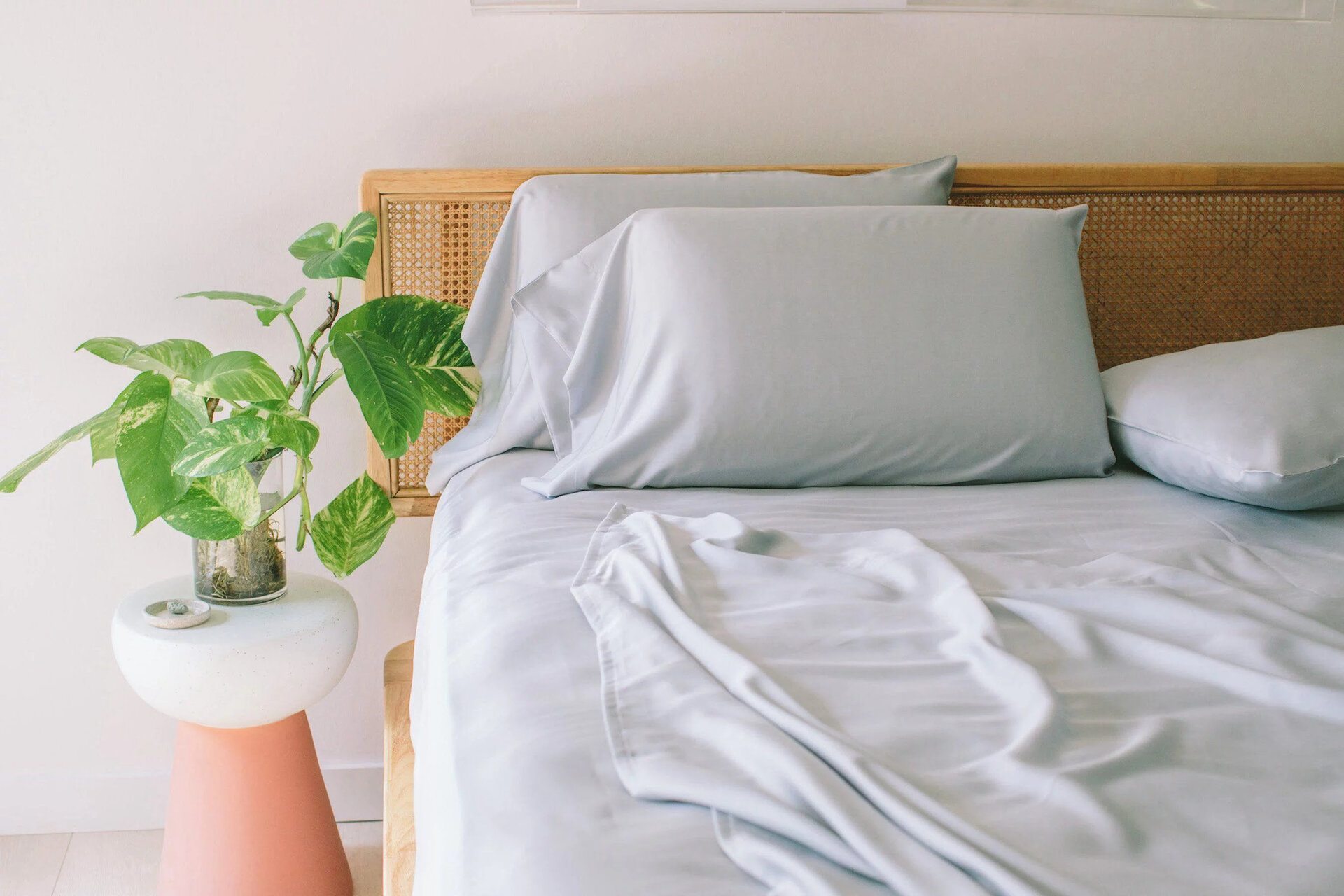

Interior Design
What Is Tencel? Bedding Experts Explain Eco-friendly Bedding
Modified: January 19, 2024
Learn everything about Tencel, the eco-friendly bedding material, from our interior design experts. Discover the benefits of using Tencel in your bedroom for a more sustainable sleep experience.
(Many of the links in this article redirect to a specific reviewed product. Your purchase of these products through affiliate links helps to generate commission for Storables.com, at no extra cost. Learn more)
Introduction
Welcome to the world of eco-friendly bedding! As we become more conscious of the impact our choices have on the environment, sustainable materials have gained popularity in the interior design industry, including in the realm of bedding. One such material that has emerged as a frontrunner in the field of sustainable bedding is Tencel.
Tencel is a brand name for a type of fabric made from the natural cellulose fibers found in wood pulp. It is known for its softness, breathability, and durability, making it an excellent choice for bedding. But what exactly is Tencel and what sets it apart from other bedding materials?
In this article, we will explore the world of Tencel bedding, understanding its benefits, how it is made, and its sustainability factor. We will also provide you with some helpful tips on choosing the best Tencel bedding for your needs. So, let’s dive in!
Key Takeaways:
- Tencel bedding offers luxurious softness, breathability, and durability, making it an eco-friendly and comfortable choice for a restful sleep experience.
- Tencel’s closed-loop production process and sustainable properties make it an environmentally conscious option, promoting a greener and more sustainable future for bedding choices.
What is Tencel?
Tencel is a type of fabric that is made from the cellulose fibers of sustainably grown wood pulp. It falls under the category of “lyocell,” which is a form of rayon. The wood used in the production of Tencel is primarily sourced from renewable eucalyptus trees, making it an eco-friendly choice.
One of the standout features of Tencel is its exceptional softness. The fibers undergo a unique process called “closed-loop production” where they are dissolved in a solvent and then spun into fibers. This process creates a smooth and silky texture that is gentle against the skin, providing a luxurious feel to Tencel bedding.
In addition to its softness, Tencel also boasts impressive breathability. The fabric has moisture-wicking properties, meaning it can effectively absorb and release moisture, keeping you cool and dry throughout the night. This makes Tencel bedding particularly beneficial for those who tend to sweat or experience hot flashes during sleep.
Furthermore, Tencel is highly durable and resistant to wrinkles. The fibers are strong and have a high tensile strength, allowing Tencel bedding to withstand regular use and multiple washes without losing its shape or softness. Additionally, the fabric has a natural resistance to bacteria, making it a hygienic choice for bedding.
Overall, Tencel offers a range of qualities that make it an excellent choice for bedding. Its softness, breathability, durability, and antibacterial properties contribute to a comfortable and hygienic sleep environment. By choosing Tencel bedding, you can enjoy a luxurious and sustainable sleep experience.
Benefits of Tencel Bedding
If you’re considering investing in Tencel bedding, you’ll be pleased to know that it offers a multitude of benefits that can enhance your sleep experience and contribute to a more sustainable lifestyle. Here are some of the key advantages of Tencel bedding:
- 1. Superior Comfort: Tencel bedding is renowned for its luxuriously soft and smooth texture. Its fine fibers create a gentle and cozy sleeping surface that promotes a restful night’s sleep.
- 2. Excellent Breathability: Tencel fibers have a unique structure that allows them to efficiently absorb and release moisture. This natural moisture-wicking ability helps to regulate body temperature, keeping you cool and comfortable throughout the night.
- 3. Hypoallergenic: Tencel has natural properties that make it resistant to allergens and dust mites. This makes it an ideal choice for those with sensitive skin or respiratory conditions, providing a clean and healthy sleep environment.
- 4. Durability: Tencel is exceptionally strong and durable, making it a long-lasting investment. Its fibers have a high tensile strength, allowing Tencel bedding to withstand regular use and maintain its shape and softness over time.
- 5. Eco-Friendly: Tencel bedding is considered eco-friendly due to its sustainable production process. The wood pulp used to make Tencel comes from responsibly managed forests, and the closed-loop production system minimizes waste and water usage.
- 6. Biodegradable: Tencel is a biodegradable material, meaning that it can naturally break down over time without harming the environment. This makes it a more environmentally conscious choice compared to synthetic bedding materials.
- 7. Easy Care: Tencel bedding is easy to maintain and care for. The fabric is resistant to wrinkles, reducing the need for ironing, and it can be machine-washed without losing its softness or shape.
With its superior comfort, breathability, hypoallergenic properties, and sustainability, Tencel bedding offers a multitude of advantages for a restful and environmentally conscious sleep experience. Investing in Tencel bedding is not only beneficial for your well-being but also for the well-being of the planet.
How is Tencel Made?
Tencel is made through an intricate and environmentally friendly manufacturing process called “closed-loop production.” Let’s explore the step-by-step process of how Tencel is made:
- Harvesting of Wood Pulp: The process begins with the harvesting of sustainably grown wood, primarily eucalyptus trees. These trees are selected for their rapid growth and minimal water and pesticide requirements, making them a sustainable source of raw material.
- Wood Pulp Transformation: The harvested wood is then processed into wood chips, which are chemically treated to break them down into cellulose fibers. These fibers will serve as the basis for the Tencel fabric.
- Solvent Spinning: The cellulose fibers are dissolved in a non-toxic and organic solvent called N-Methylmorpholine N-oxide (NMMO). This solvent has the ability to transform the dissolved cellulose into a viscous liquid form.
- Extrusion of Fibers: The viscous liquid cellulose is then extruded through fine holes into a coagulating bath. As the cellulose enters the bath, the NMMO solvent is removed, causing the cellulose to solidify into fibers.
- Fiber Formation: The solidified fibers are collected in a spinning machine, where they are stretched and spun into long thread-like forms. These threads are then dried to remove any remaining moisture and prepared for the final stage of production.
- Fabric Creation: The dried Tencel fibers are woven together to create the Tencel fabric. This fabric can be used to make a variety of products, including bedding, clothing, and home textiles.
The closed-loop production process of Tencel is called so because it operates in a controlled system where the majority of the solvent used to dissolve the cellulose is recycled and reused. This significantly reduces the environmental impact of the production process, as it minimizes water usage and waste generation.
Overall, the methodical and sustainable production process of Tencel ensures that the final product is not only soft and durable but also eco-friendly. Choosing Tencel bedding allows you to enjoy the comfort of a luxurious fabric while making a conscious choice to support sustainable manufacturing practices.
When shopping for eco-friendly bedding, look for Tencel, a sustainable fabric made from wood pulp. It’s soft, breathable, and gentle on the environment.
Comparison with Other Types of Bedding Materials
When it comes to bedding materials, there are various options available in the market. To understand the unique qualities of Tencel bedding, it is helpful to compare it with other commonly used materials. Here’s a comparison of Tencel with cotton and synthetic bedding materials:
- Tencel vs. Cotton:
- Softness: Both Tencel and cotton are known for their soft and comfortable feel. However, Tencel has a smoother texture, providing a slightly more luxurious sensation.
- Breathability: Tencel has better moisture-wicking abilities compared to cotton, making it more breathable and ideal for hot sleepers or those who live in humid climates.
- Environmental Impact: While cotton is a natural fiber, it requires large amounts of water and pesticides for cultivation. Tencel, on the other hand, is made from sustainably sourced wood pulp and produced using a closed-loop production system, making it a more eco-friendly option.
- Durability: Tencel and cotton are both durable materials, but Tencel has slightly higher tensile strength, allowing it to maintain its shape and softness for a longer time.
- Tencel vs. Synthetic Materials:
- Softness: Tencel surpasses synthetic materials in terms of softness and comfort. Synthetic materials often have a synthetic feel and may not be as gentle on the skin.
- Breathability: Synthetic materials tend to trap heat and moisture, leading to discomfort during sleep. Tencel’s moisture-wicking properties make it more breathable and conducive to a cool and dry sleep environment.
- Environmental Impact: Tencel’s sustainability factor sets it apart from synthetic materials. Synthetic fabrics are usually derived from non-renewable resources and contribute to pollution, while Tencel is produced in a more eco-friendly manner.
- Durability: Synthetic materials are often prone to pilling and wear over time. Tencel, on the other hand, is highly durable and maintains its quality even after multiple washes.
Overall, Tencel bedding stands out for its superior softness, breathability, durability, and sustainability when compared to cotton and synthetic materials commonly used in bedding. By choosing Tencel, you can enjoy the benefits of a luxurious and eco-friendly sleep experience.
Tencel and Sustainability
Sustainability is a growing concern in the world of interior design, and Tencel bedding aligns perfectly with the principles of sustainable living. Here’s how Tencel promotes sustainability:
- Sustainable Sourcing: Tencel is made from the cellulose fibers of eucalyptus trees, which are grown in sustainably managed forests. These trees require minimal water and pesticide usage, making them a renewable and eco-friendly source of raw material.
- Low Environmental Impact: The production process of Tencel is designed to have a minimal impact on the environment. The closed-loop production system ensures that almost all solvents and water used in the manufacturing process are recycled and reused. This significantly reduces water consumption and minimizes waste and pollution.
- Biodegradability: Tencel is biodegradable, meaning that it can naturally break down over time without leaving harmful residues in the environment. This makes it a more sustainable choice compared to synthetic bedding materials, which take a long time to decompose and contribute to landfill waste.
- Reduced Carbon Footprint: The production of Tencel generates fewer greenhouse gas emissions compared to other bedding materials. The cultivation of eucalyptus trees for Tencel production also helps to absorb carbon dioxide from the atmosphere, further reducing its carbon footprint.
- Transparency and Certifications: Tencel is produced by a company called Lenzing, which prioritizes transparency and complies with strict environmental and social standards. Tencel products are certified by various organizations, such as the Forest Stewardship Council (FSC) and the Global Organic Textile Standard (GOTS), ensuring that they meet stringent sustainability criteria.
By choosing Tencel bedding, you not only enjoy the luxurious comfort it provides but also contribute to a more sustainable future. Tencel promotes responsible sourcing, minimal environmental impact, biodegradability, and reduced carbon footprint. It allows you to create a beautiful and eco-friendly sleep environment while making a positive impact on the planet.
Tips for Choosing Tencel Bedding
If you’re considering investing in Tencel bedding, here are some helpful tips to keep in mind when making your selection:
- Quality: Look for high-quality Tencel bedding that is made from 100% Tencel fibers. Check for reputable brands that prioritize craftsmanship and durability to ensure that you’re getting a long-lasting product.
- Thread Count: Consider the thread count of the Tencel bedding. A higher thread count generally indicates a softer and more luxurious feel. Look for a thread count that fits your preferences, keeping in mind that Tencel is naturally soft and breathable.
- Weave: Pay attention to the weave of the Tencel bedding. A sateen or satin weave will provide a smoother and silkier texture, while a percale weave offers a crisper and cooler feel. Choose the weave that aligns with your personal preferences.
- Care Instructions: Check the care instructions for the Tencel bedding. Tencel is typically easy to care for and can be machine-washed, but it’s important to follow the manufacturer’s recommendations to maintain its softness and quality.
- Color and Design: Consider the color and design options available in Tencel bedding. Choose colors and patterns that complement your bedroom decor and personal style. Tencel bedding often comes in a range of elegant and contemporary designs to suit various tastes.
- Certifications: Look for Tencel bedding that is certified by recognized organizations such as the FSC or GOTS. These certifications ensure that the product meets strict environmental and social standards, giving you peace of mind about its sustainability.
- Reviews and Recommendations: Before purchasing Tencel bedding, read reviews from other customers to get insights into the quality, comfort, and durability of the product. You can also seek recommendations from friends, family, or interior design experts who have experience with Tencel bedding.
By considering these tips, you can make an informed decision when selecting Tencel bedding that meets your preferences, style, and sustainability goals. Enjoy the luxurious comfort and eco-friendly benefits that Tencel bedding brings to your sleep environment.
Conclusion
Choosing the right bedding is essential for creating a comfortable and restful sleep environment, and Tencel bedding is a fantastic option for those who prioritize both luxury and sustainability. Tencel’s softness, breathability, durability, and eco-friendly qualities make it an excellent choice for eco-conscious consumers.
Throughout this article, we have explored what Tencel is and how it is made. We’ve discussed the benefits of Tencel bedding, such as its superior comfort, breathability, and hypoallergenic properties. We’ve also compared Tencel with other bedding materials, highlighting its sustainability and durability advantages.
Tencel’s closed-loop production process and sustainable sourcing practices contribute to a reduced environmental impact, making it an eco-friendly choice. It has also been certified by reputable organizations, ensuring its adherence to strict sustainability criteria.
When choosing Tencel bedding, consider factors such as quality, thread count, weave, care instructions, color and design, and certifications. By doing so, you can select Tencel bedding that not only matches your personal style but also meets your sustainability goals.
In conclusion, Tencel bedding offers a luxurious and environmentally conscious sleep experience. By opting for Tencel, you can enjoy the softness and comfort of the fabric while contributing to a greener and more sustainable future.
Make the switch to Tencel bedding and indulge in its luxurious feel, knowing that you are making a positive impact on both your sleep and the planet.
Frequently Asked Questions about What Is Tencel? Bedding Experts Explain Eco-friendly Bedding
Was this page helpful?
At Storables.com, we guarantee accurate and reliable information. Our content, validated by Expert Board Contributors, is crafted following stringent Editorial Policies. We're committed to providing you with well-researched, expert-backed insights for all your informational needs.

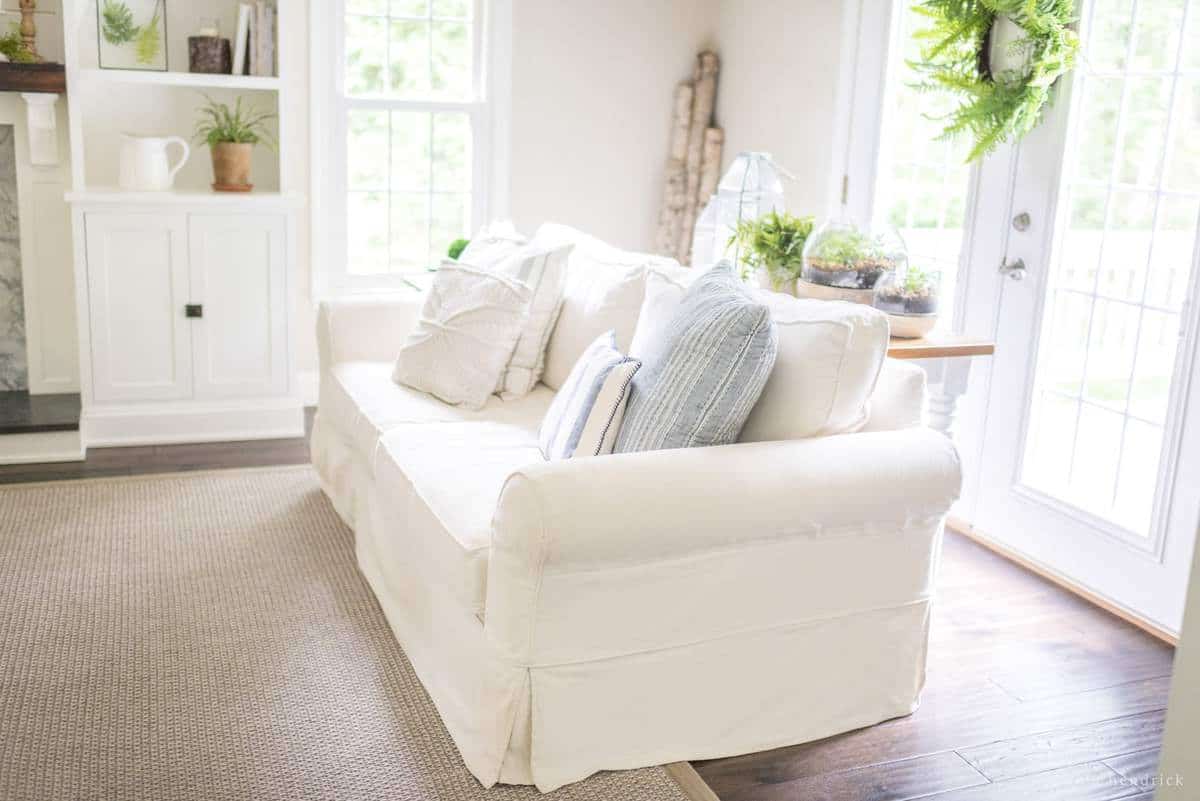
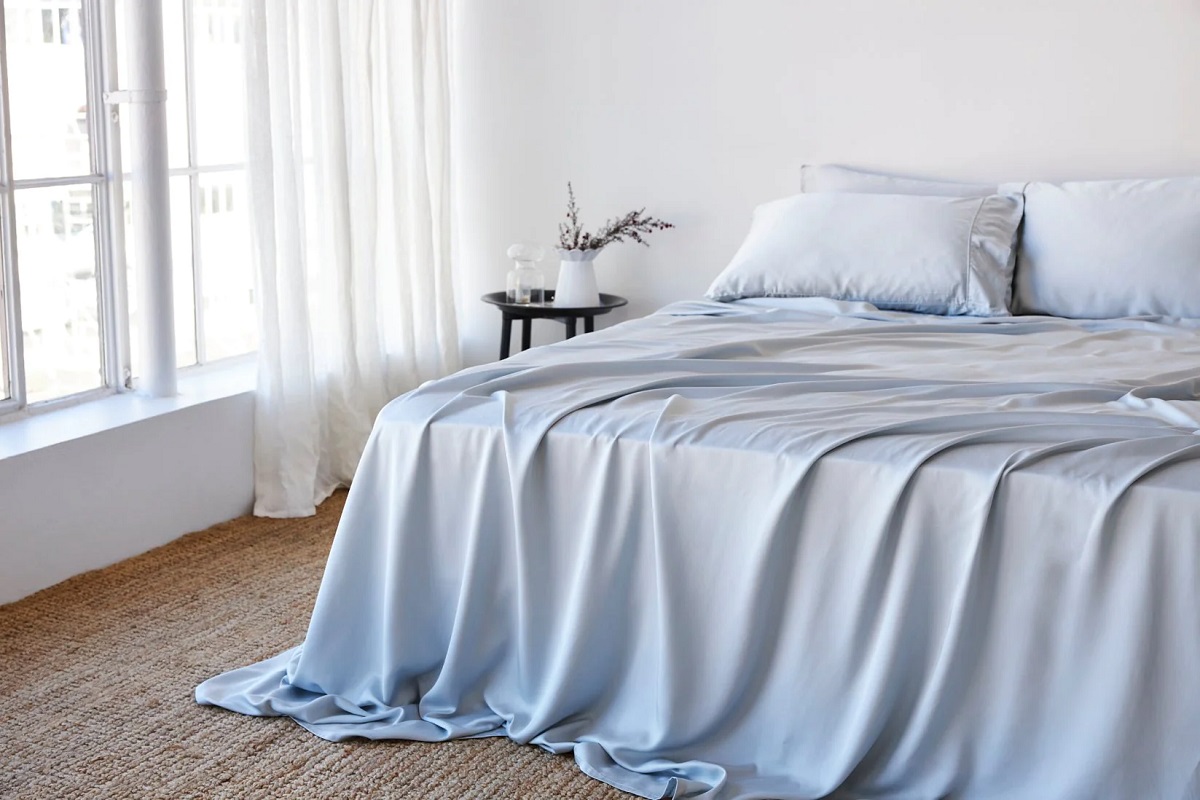
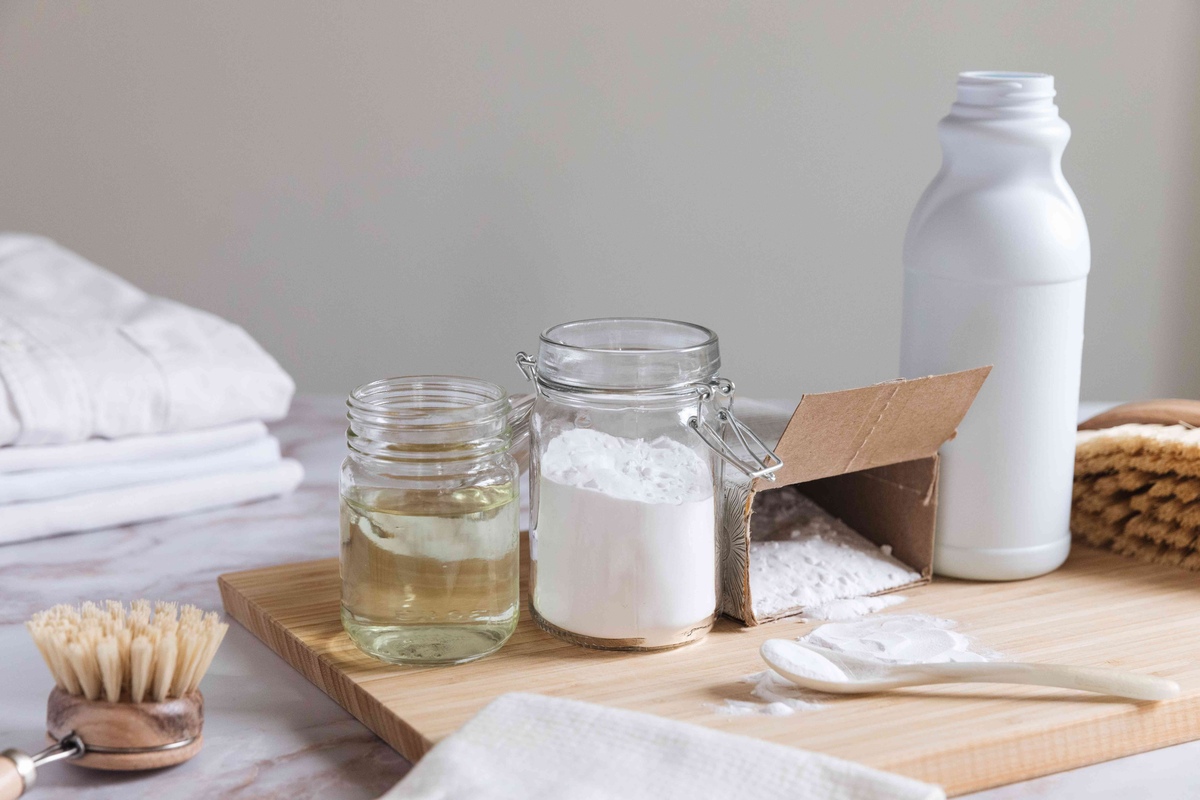
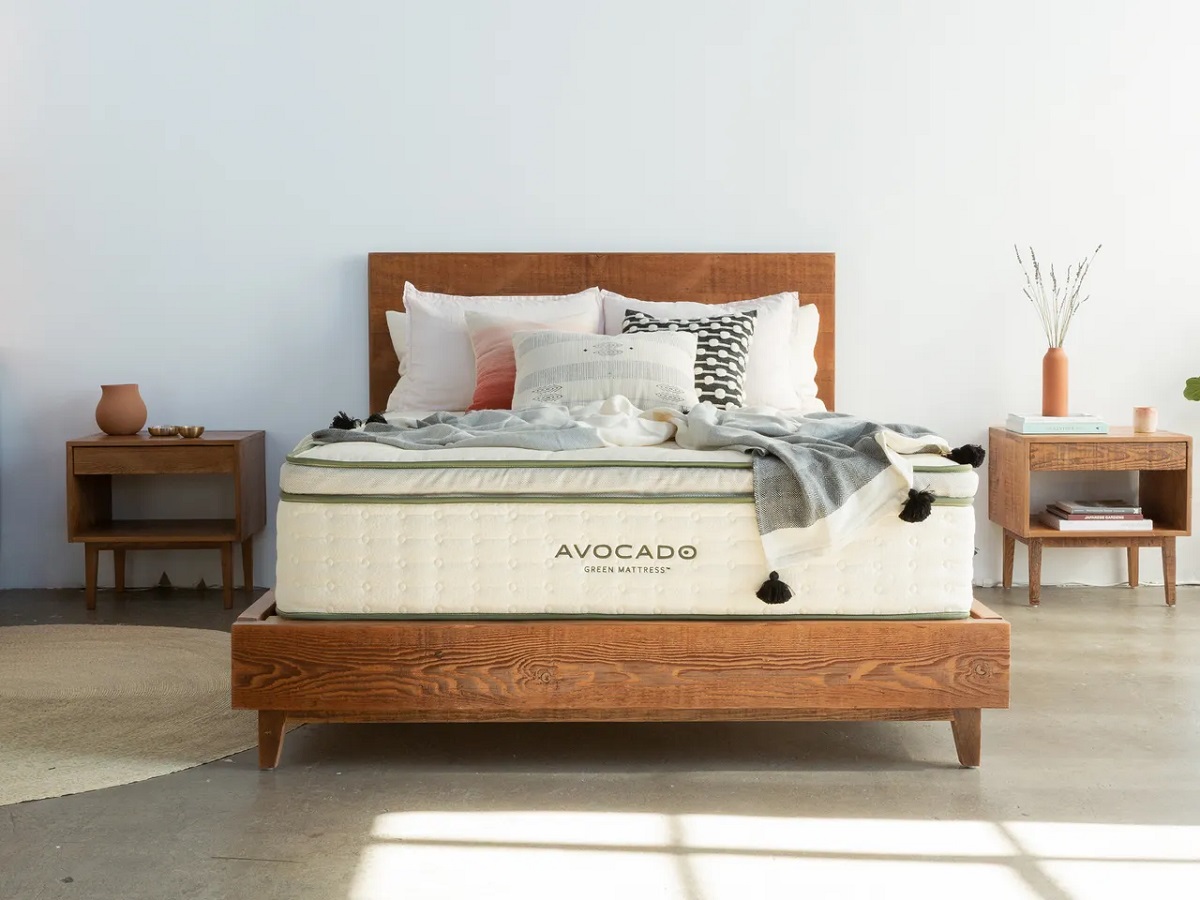
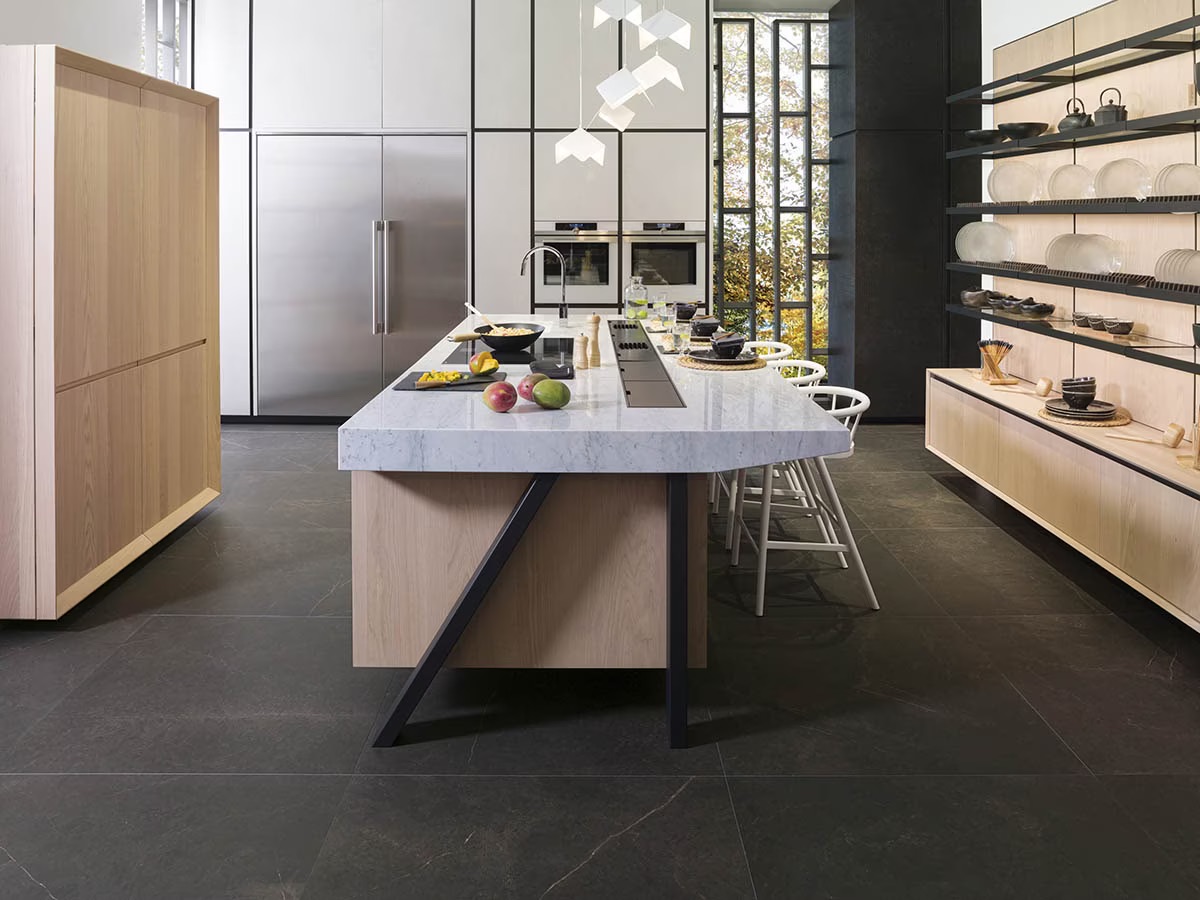
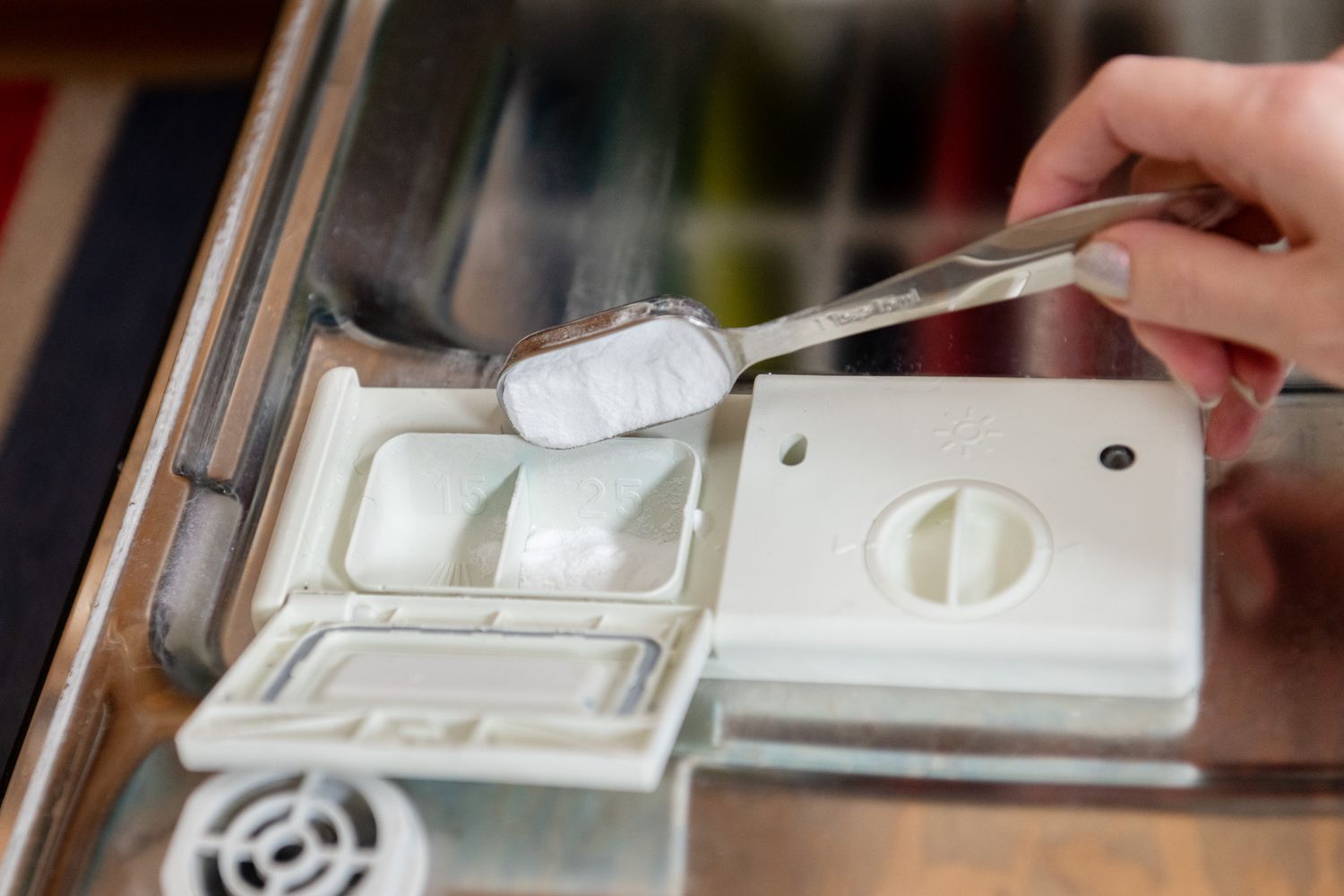
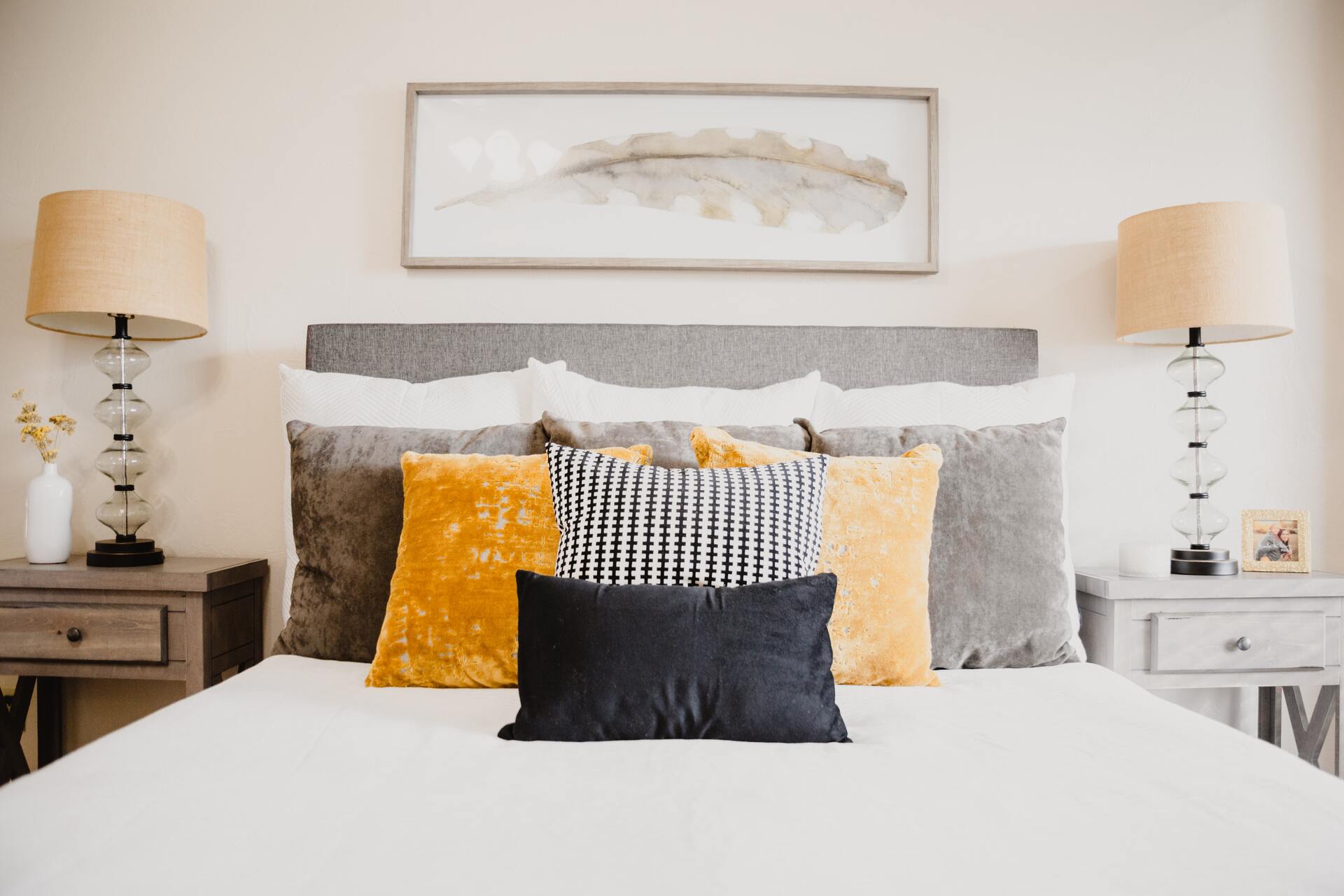
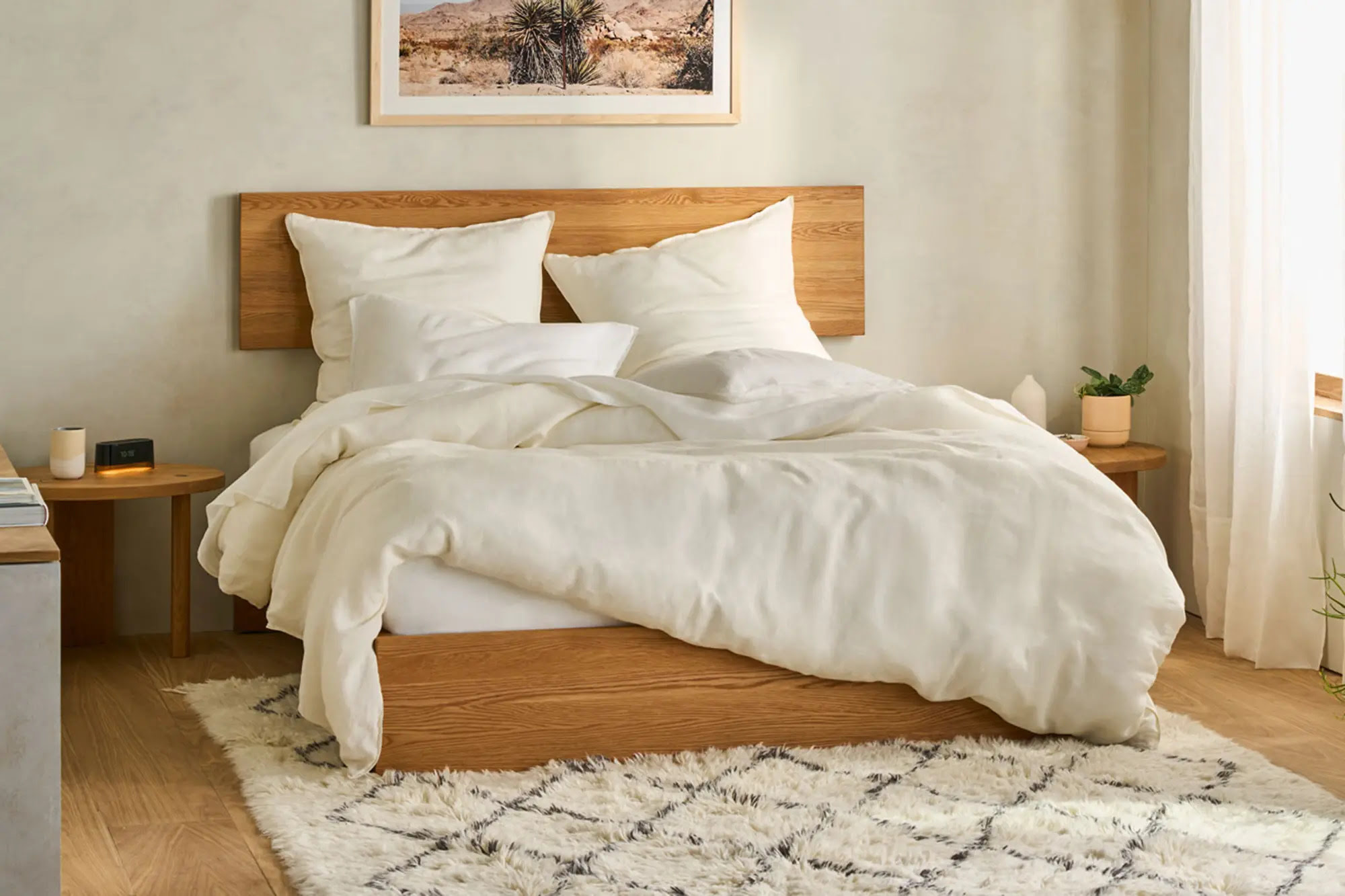

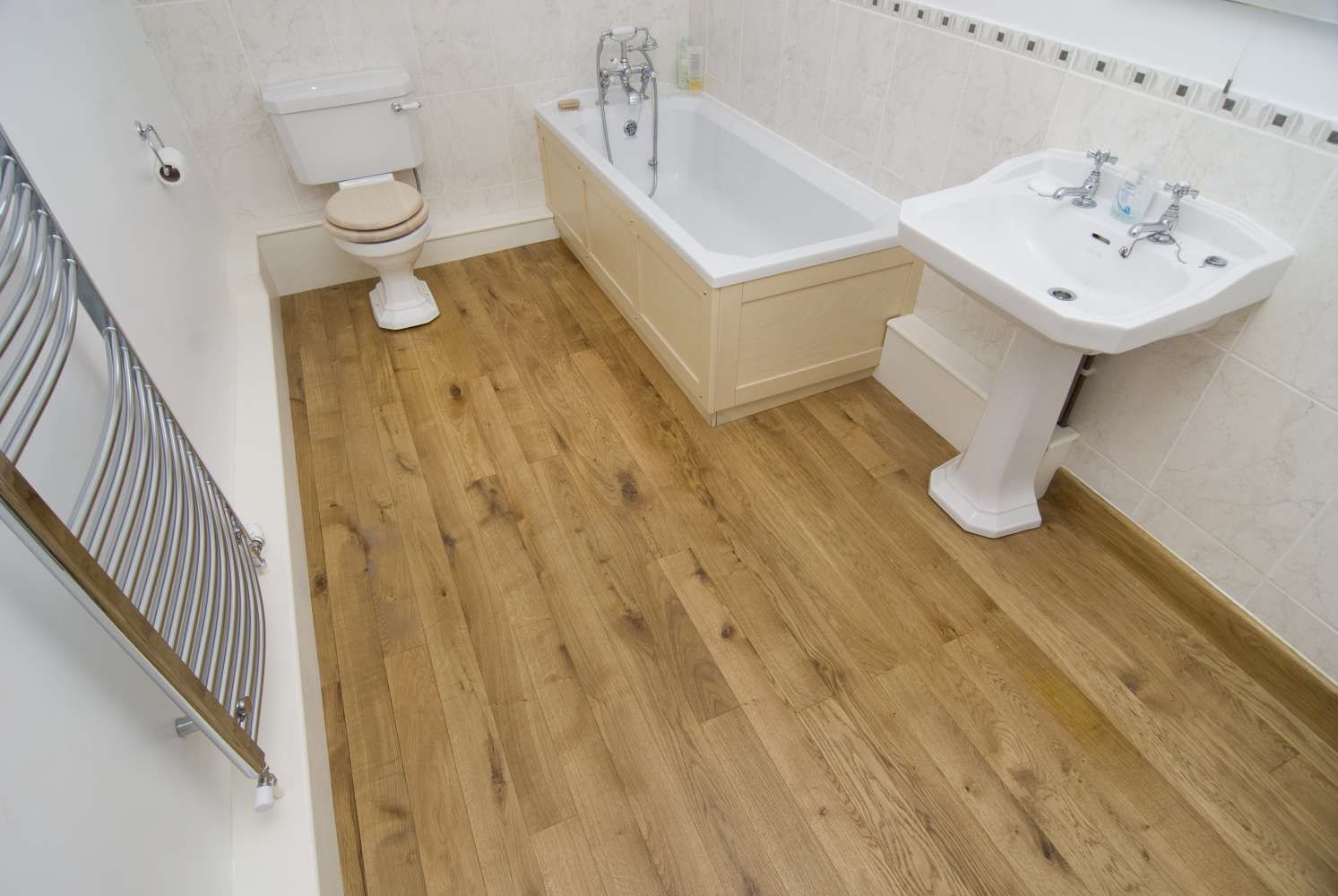
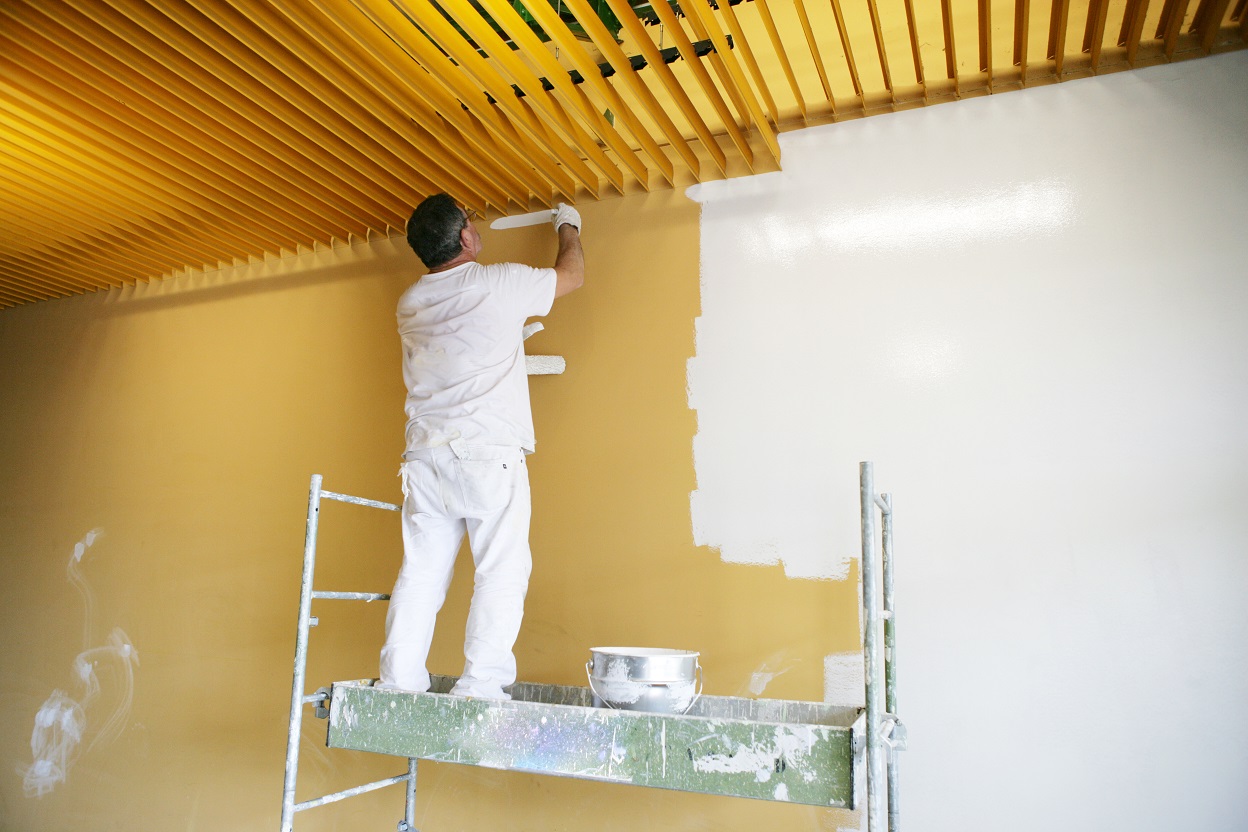
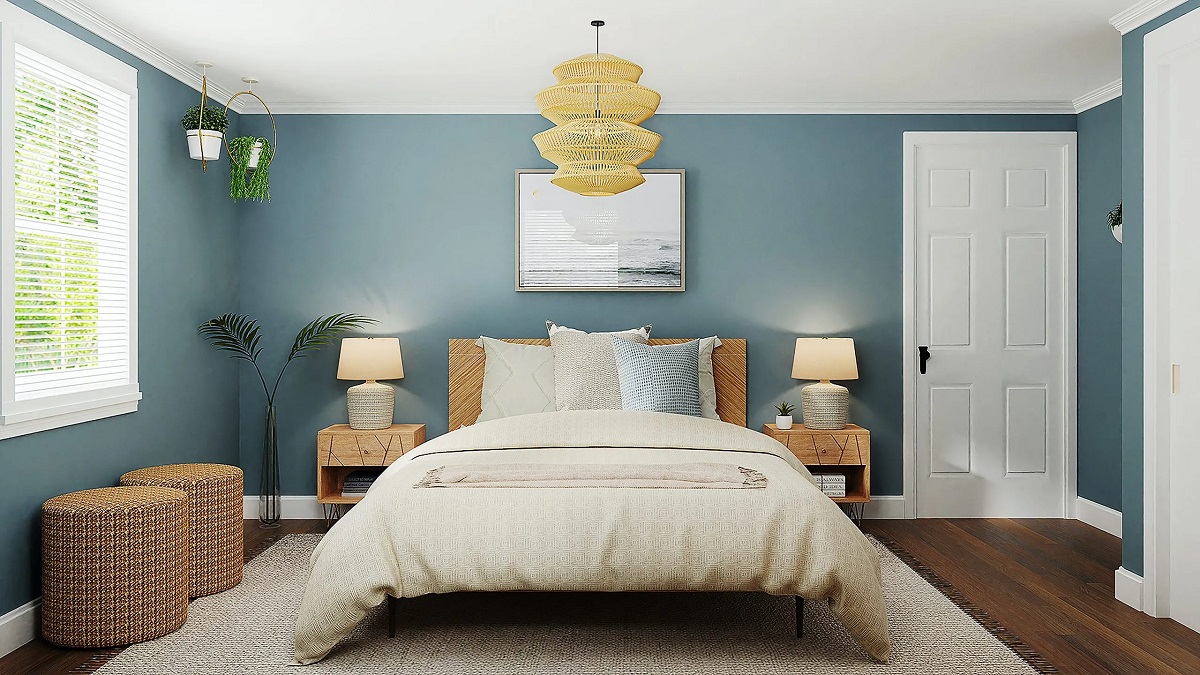
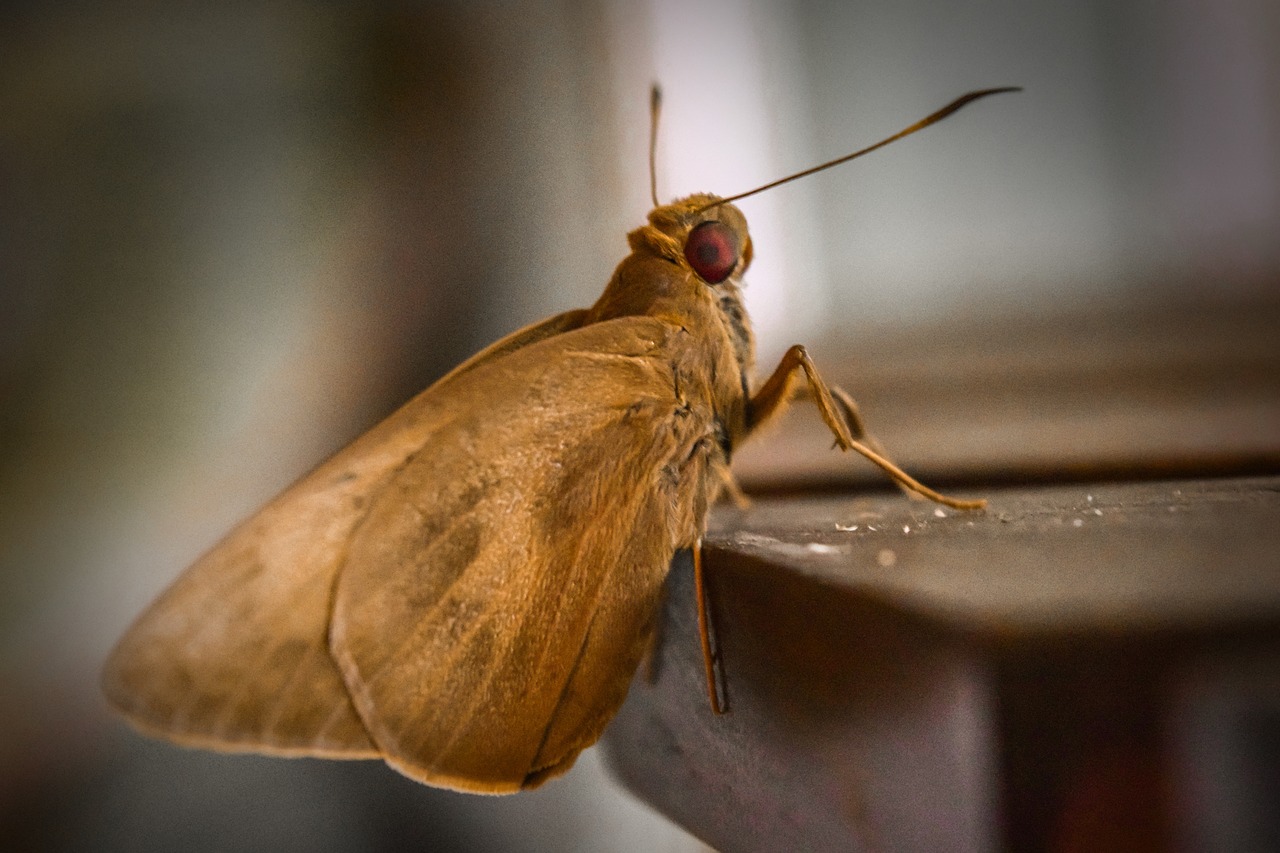

0 thoughts on “What Is Tencel? Bedding Experts Explain Eco-friendly Bedding”